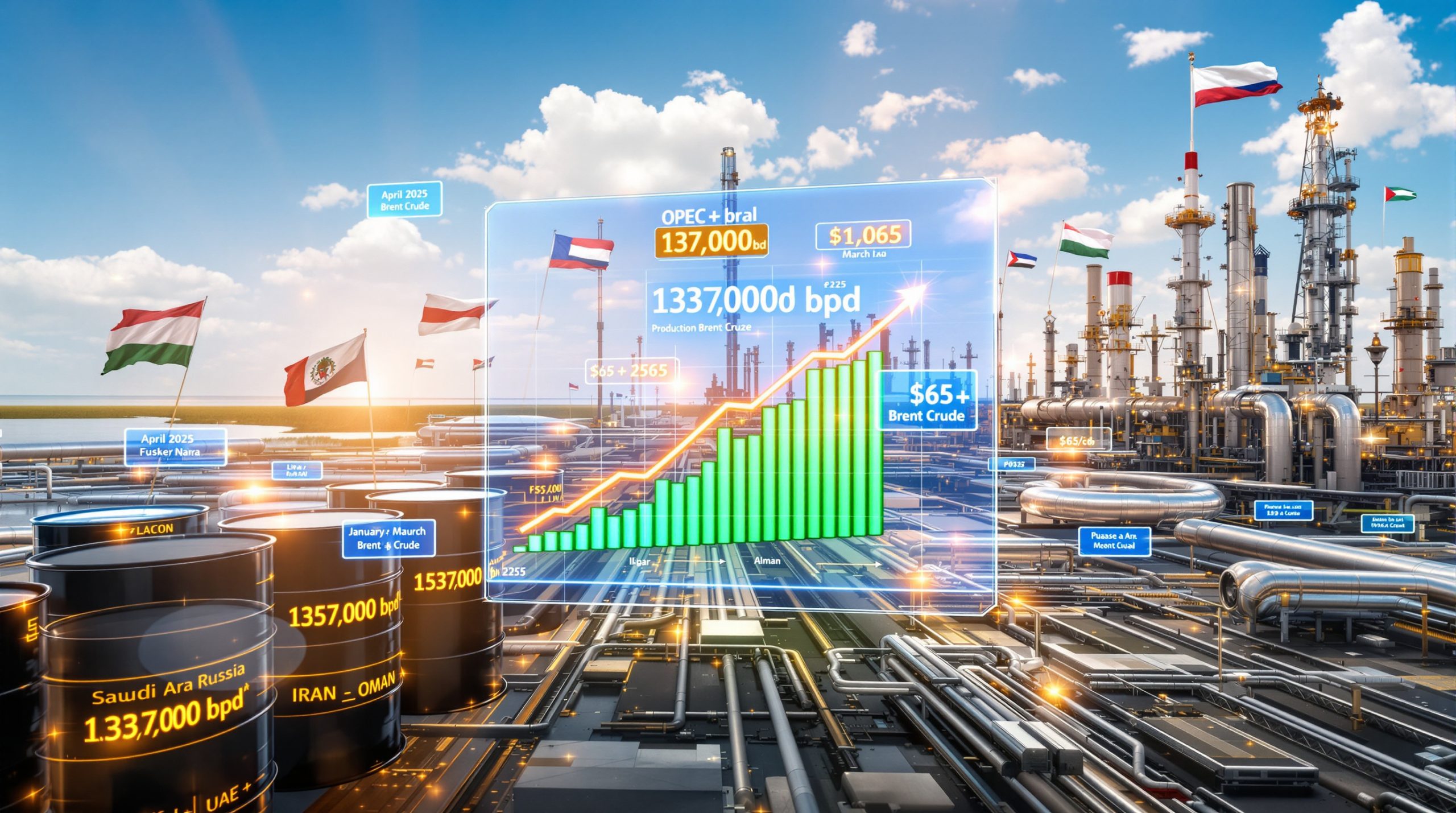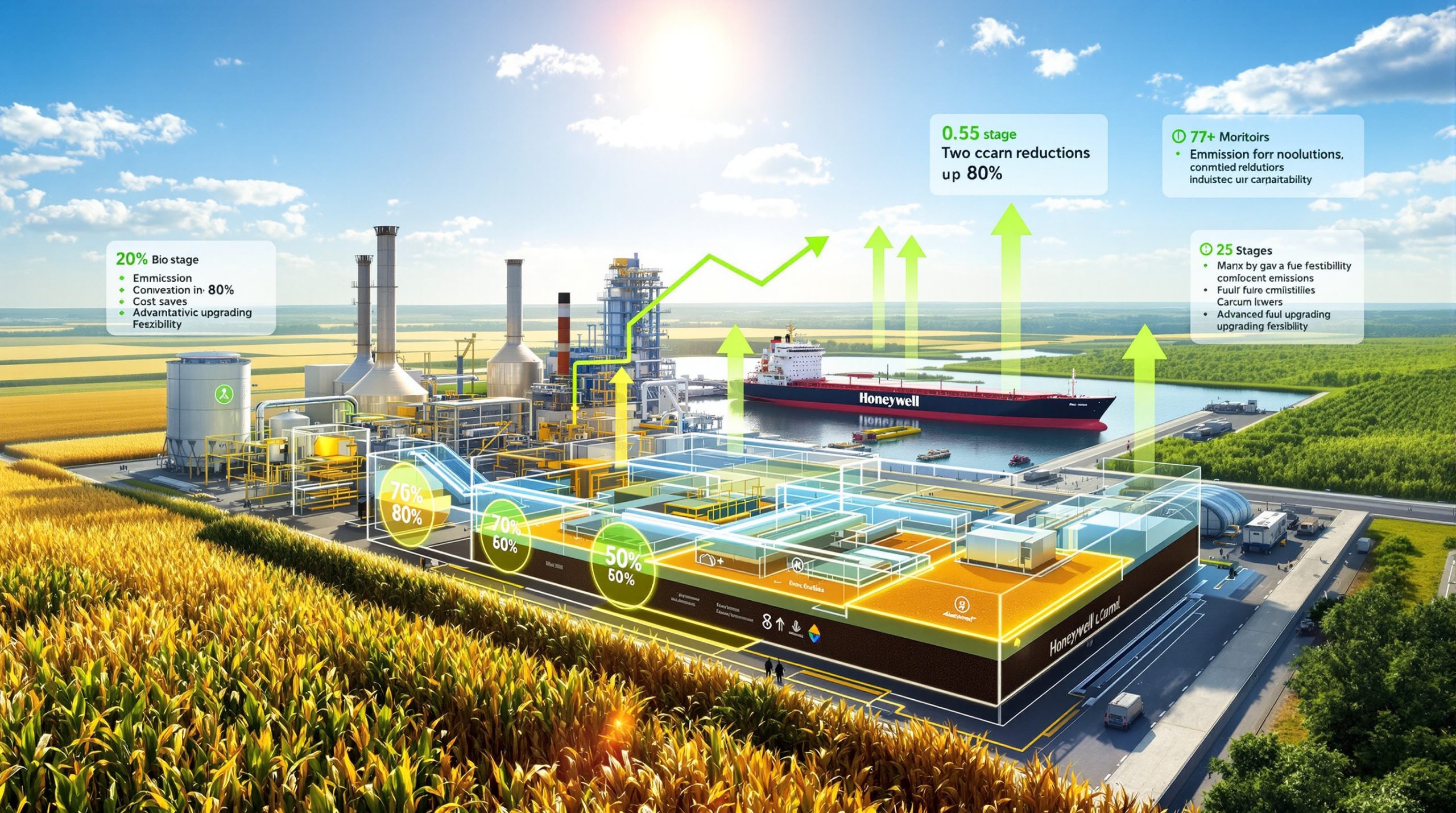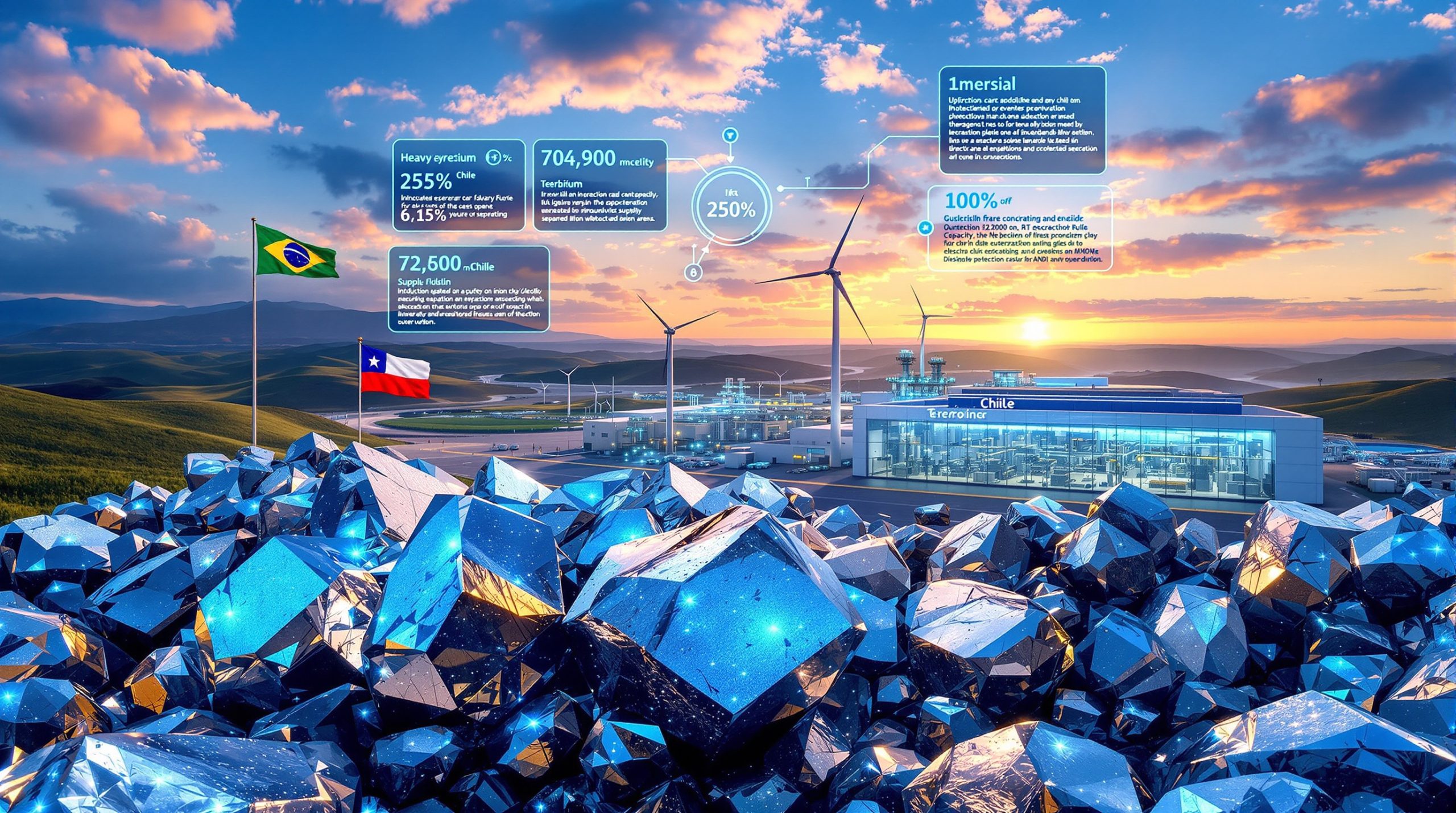Freeport-McMoRan Lowers First-Quarter Gold Sales Forecast: Impact and Analysis
Freeport-McMoRan Inc., one of the world's largest copper and gold producers, has reduced its first-quarter 2025 gold sales forecast due to shipment timing issues in Indonesia. The company now expects to sell approximately 125,000 ounces of gold in Q1, down from its original forecast of 225,000 ounces. This significant reduction of 100,000 ounces represents a 44% decrease from initial projections, though the company emphasizes that this production is not lost but merely deferred to future periods.
The timing issues stem from temporary export restrictions at its Indonesian operations, particularly affecting the Grasberg mine complex. Despite these challenges, Freeport-McMoRan remains optimistic about its overall annual performance, with higher copper prices potentially offsetting some of the financial impact from reduced gold sales. For those new to the sector, a beginner's guide to investing in mining stocks can provide valuable context for understanding these market fluctuations.
What Happened to Freeport-McMoRan's Gold Sales Forecast?
Freeport-McMoRan recently announced a substantial reduction in its Q1 2025 gold sales forecast, cutting projections by approximately 100,000 ounces. The original forecast of 225,000 ounces has been revised downward to approximately 125,000 ounces, representing a 44.4% decrease for the quarter.
The primary cause for this reduction stems from shipment timing issues at the company's Indonesian operations, particularly affecting the Grasberg mine complex. This massive mining operation, located in Papua, Indonesia, is one of the world's largest gold and copper mines and a cornerstone of Freeport-McMoRan's global production portfolio.
Industry analysts note that such a significant quarterly adjustment is unusual for Freeport-McMoRan, which typically maintains reliable production forecasts. The size of this revision has caught attention across the mining sector, though the company has been quick to emphasize that this represents a timing issue rather than a permanent production loss.
According to company statements, the production has not been lost but rather deferred to future periods in 2025. This distinction is critical for investors evaluating the long-term impact on the company's performance metrics and annual targets.
Why Did Freeport-McMoRan Lower Its Forecast?
The primary driver behind the forecast reduction was a complex regulatory situation in Indonesia that temporarily restricted the company's ability to export copper concentrate containing gold. Freeport-McMoRan faced delays in obtaining necessary regulatory approvals for its shipments, leading to a backlog of product that could not be exported within the quarter.
After weeks of negotiations and administrative processes, Freeport-McMoRan finally received the required regulatory approvals on March 17, 2025. This late-quarter approval meant that a significant portion of planned Q1 shipments could not be processed before the quarter's end, pushing the recognition of these sales into subsequent periods.
The company has confirmed that concentrate export shipments from Indonesia have now resumed following the regulatory clearance. However, the timing of the approval—just two weeks before the quarter's end—left insufficient time to process the backlog of shipments that had accumulated during the restriction period.
The situation highlights the regulatory complexities of operating in Indonesia, where mining companies must navigate evolving policies designed to increase domestic processing of minerals. Mining experts familiar with Indonesian regulations note that the country has been tightening export requirements as part of its strategy to develop downstream processing industries within its borders. These developments provide valuable insights into export restrictions and regulatory challenges affecting the global mining sector.
The Indonesia Smelter Situation
Complicating the export issues was a significant setback at Freeport's Indonesian smelting operations. As part of its long-term agreement with the Indonesian government, Freeport-McMoRan had been constructing a copper smelter in Indonesia. This facility represents a critical component of the company's compliance with Indonesian regulations requiring domestic processing of minerals extracted within the country.
In 2024, a devastating fire damaged portions of this smelter, forcing Freeport to shut down operations at the facility. The fire not only impacted immediate processing capabilities but also created a cascade of logistical challenges for the company's Indonesian operations.
The smelter project, with an estimated investment of over $3 billion, is designed to process approximately 2 million tons of copper concentrate annually. Its construction has been a key condition of Freeport's continued operational rights in Indonesia, as the government has pushed mining companies to add value to raw materials domestically rather than simply exporting unprocessed ore.
Industry experts note that the smelter incident created a perfect storm of circumstances. With domestic processing capacity reduced due to the fire and export approvals delayed, Freeport-McMoRan effectively faced a bottleneck from both directions—unable to process materials within Indonesia at full capacity while simultaneously facing restrictions on exporting the unprocessed concentrate.
The company has been working on repairs to the damaged smelter, though complete restoration of operations is expected to take several more months. In the interim, alternative processing arrangements have been made, though these solutions have not been sufficient to prevent the Q1 shipping delays.
Current Copper Price Outlook
Despite the challenges with gold sales, Freeport-McMoRan reported positive news regarding copper prices, which may help offset some of the financial impact from reduced gold sales. The company expects its Q1 2025 average realized copper price to be approximately $4.40 per pound.
This represents a significant increase from the previous year, when Q1 2024 average realized price was $3.94 per pound. The year-over-year increase of approximately 11.7% reflects strong global demand for copper, particularly driven by renewable energy infrastructure, electric vehicles, and ongoing industrialization in developing economies.
Copper market analysts point to several factors supporting higher prices in 2025, including supply constraints from major producers in Chile and Peru, increased demand from China's infrastructure projects, and the global push toward electrification. The metal's essential role in renewable energy technologies has created what some industry experts call a "supercycle" for copper demand.
For Freeport-McMoRan, which derives a substantial portion of its revenue from copper sales, the higher prices provide a welcome buffer against the temporary reduction in gold sales. The company's diversified production portfolio—spanning copper, gold, and molybdenum—has historically provided resilience against fluctuations in any single commodity. For a deeper analysis of these market dynamics, consider exploring resources on understanding copper price dynamics.
Market forecasters predict copper prices will remain elevated throughout 2025, with potential for further increases as global electrification accelerates and new supply remains constrained by declining ore grades and increasing extraction costs at aging mines worldwide.
What Does This Mean for Investors?
Freeport-McMoRan is scheduled to release its full quarterly results on April 25, 2025, which will provide a more comprehensive picture of the company's financial performance. Until then, investors are assessing the implications of the reduced gold sales forecast balanced against higher copper prices.
Analysts currently expect Freeport-McMoRan to report an adjusted profit of approximately $0.22 per share for Q1 2025. This projection takes into account both the reduced gold sales and the benefit of higher copper prices during the quarter.
A critical factor for investor consideration is that the production has been deferred rather than lost. This timing issue suggests that subsequent quarters in 2025 may see above-normal gold sales as the backlog of shipments is processed and recognized in financial statements.
From a cash flow perspective, the temporary reduction in gold sales may impact near-term liquidity, though the company's strong balance sheet and access to credit facilities provide adequate financial flexibility. Additionally, the higher copper prices are expected to partially offset the impact of reduced gold sales volume.
Mining sector analysts point out that regulatory and operational challenges in Indonesia are not new for Freeport-McMoRan, which has successfully navigated similar situations in the past. The company's long-term operational agreement with the Indonesian government, secured in 2018, provides a framework for continued operations at Grasberg through 2041.
Investors focused on environmental, social, and governance (ESG) considerations will also be monitoring how the company handles the smelter repairs and associated environmental impacts. Freeport-McMoRan's sustainability commitments include reducing greenhouse gas emissions and improving local community relations, factors that increasingly influence institutional investment decisions. As the industry evolves, understanding governance challenges and strategic insights in mining becomes increasingly important for investors.
How Does This Affect the Gold Market?
The temporary reduction of approximately 100,000 ounces from Freeport-McMoRan's quarterly gold supply represents a modest impact on global gold markets. For context, global gold mine production typically exceeds 80 million ounces annually, making this reduction less than 0.5% of quarterly global supply.
Nevertheless, in the near term, this reduction could have localized effects on physical gold availability, particularly for industrial users and refiners who rely on consistent supply chains. The impact on gold prices, however, is likely to be minimal, as gold prices are influenced more significantly by macroeconomic factors, central bank policies, and investment demand than by small fluctuations in mine supply.
Gold market analysts note that the metal has been trading in a relatively tight range in early 2025, with investment demand supported by geopolitical uncertainties and inflation concerns, while physical demand from jewelry and industrial sectors has remained stable. According to recent market updates, gold prices continue to show resilience despite supply fluctuations.
The deferred production from Freeport-McMoRan is expected to enter the market in future periods of 2025, potentially creating a temporary increase in supply later in the year. Market participants who closely track mine supply will be adjusting their models to account for this timing shift, though most do not anticipate significant price impacts from this single event.
Long-term gold market fundamentals remain largely unchanged by this temporary production deferral, with global central banks continuing to accumulate gold reserves and investment demand responding primarily to interest rate expectations and inflation concerns rather than minor supply fluctuations.
What Is the Grasberg Mine's Significance?
The Grasberg mine complex, located in Papua, Indonesia, stands as one of the world's largest gold and copper mines and represents a cornerstone asset in Freeport-McMoRan's global portfolio. Understanding Grasberg's significance provides important context for evaluating the impact of the current shipping delays.
Grasberg's scale is truly extraordinary, with proven and probable reserves of millions of ounces of gold and billions of pounds of copper. The mine complex includes both open-pit and underground operations, with a gradual transition toward predominantly underground mining as the open pit reaches the end of its productive life.
The mine's strategic importance extends beyond its size. Grasberg's ore contains exceptionally high grades of both copper and gold, making it one of the lowest-cost and highest-margin operations in Freeport-McMoRan's portfolio. This dual-metal production provides natural hedging against price fluctuations in either commodity.
From a geopolitical perspective, Grasberg operates under Indonesia's regulatory framework, which has evolved significantly in recent years. The Indonesian government has pursued policies aimed at increasing domestic value addition in the mining sector, including requirements for in-country smelting and processing of minerals.
Freeport-McMoRan secured a long-term operational agreement for Grasberg in 2018, extending rights through 2041 in exchange for divesting a majority stake in the local operating entity to Indonesian interests and committing to substantial investments in domestic smelting capacity. This agreement provides a framework for continued operations but also subjects the company to ongoing regulatory oversight and potential policy changes.
The mine's remote location in Papua's highlands presents logistical challenges, requiring sophisticated infrastructure for ore transportation, power generation, and workforce accommodation. These factors contribute to the complexity of operations and highlight why shipping delays can have significant impacts on quarterly performance metrics. Looking ahead, understanding mining industry 2025: predictions & key trends can help contextualize these operational challenges within broader market movements.
FAQ About Freeport-McMoRan's Gold Sales Forecast
When will the deferred gold production reach the market?
The company has indicated the production is deferred to "future periods" but hasn't specified exact timing. Based on typical shipping and processing timelines, industry analysts expect the majority of the deferred production to be recognized in Q2 2025, with potential spillover into Q3 depending on logistical constraints and regulatory processes.
The resumption of concentrate export shipments from Indonesia following the March 17 regulatory approvals suggests that the backlog is already beginning to move through the supply chain. Processing, refining, and sales recognition typically require several weeks, placing most deferred sales recognition in the April-June quarter.
How might this affect Freeport-McMoRan's annual production targets?
While Q1 projections are reduced, the company has not yet adjusted annual targets, suggesting they expect to make up the difference in subsequent quarters. Freeport-McMoRan's annual gold production guidance will likely be reviewed during the upcoming quarterly earnings call on April 25.
Mining analysts note that the company typically builds some flexibility into annual forecasts to accommodate potential operational or regulatory challenges. The deferral of 100,000 ounces represents approximately 5-7% of expected annual gold production from Indonesian operations, a gap that could be closed through accelerated processing in subsequent quarters without significant operational adjustments.
What is the status of the Indonesian smelter project?
The smelter was damaged by fire in 2024 and operations were shut down following the incident. While the company has not provided comprehensive details on the current recovery status, partial operations have reportedly resumed at the facility.
Repair work continues on the damaged sections, with full operational capacity expected to be restored gradually over the coming quarters. The smelter project remains strategically important for Freeport-McMoRan's long-term presence in Indonesia, as it fulfills key requirements under the company's operating agreement with the government. As noted in Freeport's operational update, the company continues to address these challenges while maintaining its long-term strategic focus.
Industry experts familiar with similar smelter incidents suggest that full restoration of complex metallurgical facilities typically requires 12-18 months following major fire damage, depending on the severity of structural impacts and the availability of specialized replacement equipment.
Ready to Stay Ahead of ASX Mining Discoveries?
Don't miss another potential opportunity like Freeport-McMoRan's production shifts. Discovery Alert's proprietary Discovery IQ model delivers instant notifications on significant ASX mineral discoveries, helping you identify actionable investment opportunities before the broader market. Explore how major discoveries can generate substantial returns by visiting our discoveries page.




